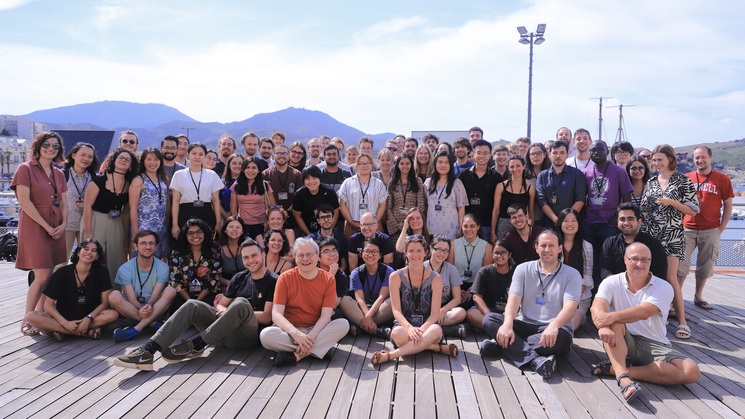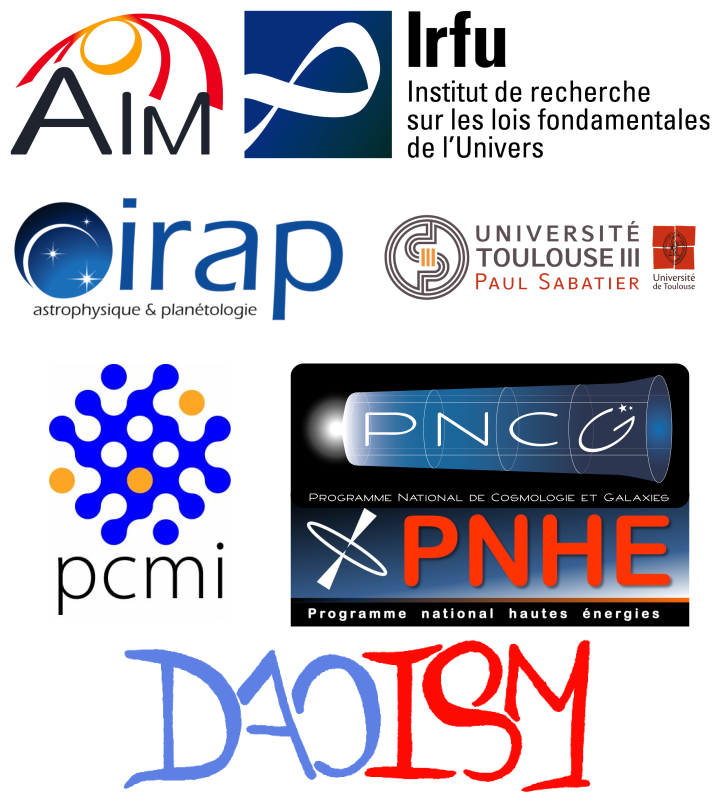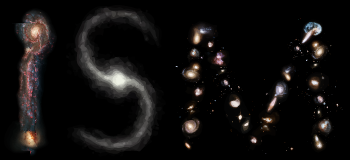
|
|
|
|
Group Picture Scientific Rationale The unique linear resolution that can be achieved in the Milky Way made it a prime object of studies of the interplay between star formation and the interstellar medium. The main challenge is here to understand the effect of the galactic environment which is difficult to characterize due to our position inside the Milky Way. The huge improvements in sensitivity and angular resolution of the current generation of observatories are delivering a large number of high quality images and spectra of the interstellar medium in nearby galaxies. This not only delivers an outside view on the way the interstellar medium interacts with the stellar populations, but it also gives us access to a much wider diversity of physical conditions (metallicity, star formation efficiency, etc). We believe that we should motivate the next generation of astronomers, as well as more senior colleagues, to consider ISMology as a field where, depending on the scientific question they want to answer, they can rely either on studies of galaxies or of Galactic regions. This brings several outstanding questions, such as:
This school will center around 14 high-level lectures covering the different aspects of this field. In parallel, each participant will work, in a small group, on a project whose results will be presented at the end of the school. Finally, there will be three round table discussions addressing the interface between several topics. Confirmed speakers
Hands-on session supervisors
Scientific & Local Organizing Committee (SOC/LOC)
Administrative Assistant
Sponsors
The GISM school series The present school is the second in a series entitled GISM (Galaxies' ISM). The first school took place virtually in the summer of 2021. The video recording of the lectures and the presenter's slides are still available at: https://ismgalaxies2021.sciencesconf.org.
|




